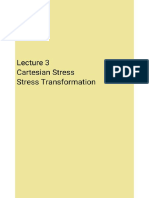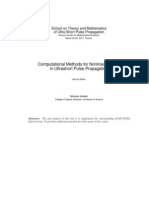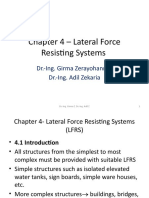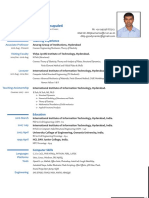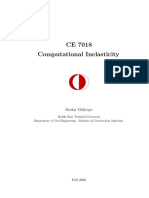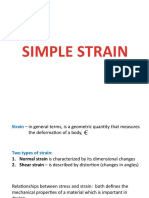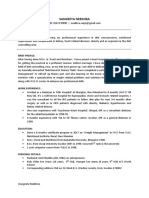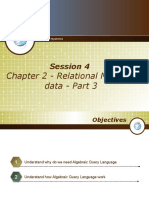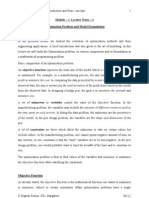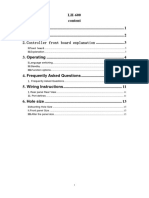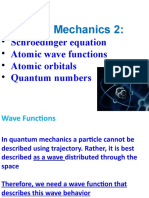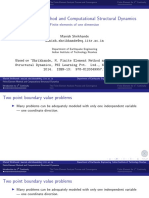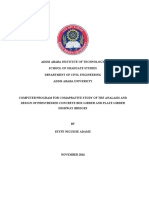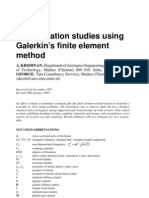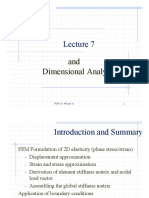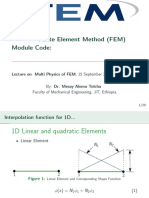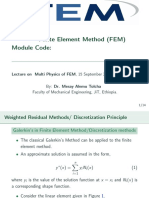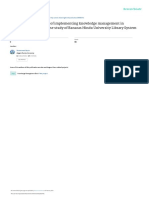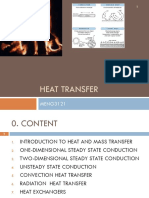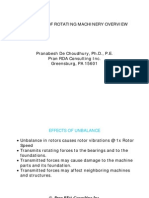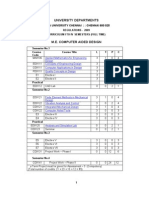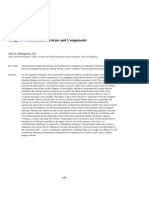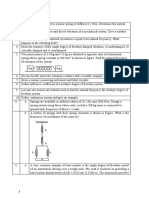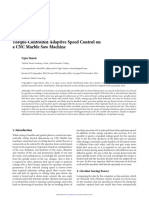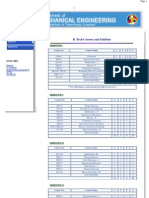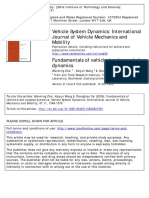0% found this document useful (0 votes)
114 views22 pagesFem 9
This document discusses dynamic analysis and finite element methods for modeling continuous systems undergoing vibration. It begins by deriving the partial differential equations of motion for longitudinal bar vibration and transverse beam vibration. It then presents the finite element formulation for a uniform bar undergoing axial vibration, comparing solutions using consistent and lumped mass matrices. Finally, it provides an example of finding the natural frequency of a fixed-fixed bar using both matrix types.
Uploaded by
tilahun yeshiyeCopyright
© © All Rights Reserved
We take content rights seriously. If you suspect this is your content, claim it here.
Available Formats
Download as PDF, TXT or read online on Scribd
0% found this document useful (0 votes)
114 views22 pagesFem 9
This document discusses dynamic analysis and finite element methods for modeling continuous systems undergoing vibration. It begins by deriving the partial differential equations of motion for longitudinal bar vibration and transverse beam vibration. It then presents the finite element formulation for a uniform bar undergoing axial vibration, comparing solutions using consistent and lumped mass matrices. Finally, it provides an example of finding the natural frequency of a fixed-fixed bar using both matrix types.
Uploaded by
tilahun yeshiyeCopyright
© © All Rights Reserved
We take content rights seriously. If you suspect this is your content, claim it here.
Available Formats
Download as PDF, TXT or read online on Scribd
/ 22





